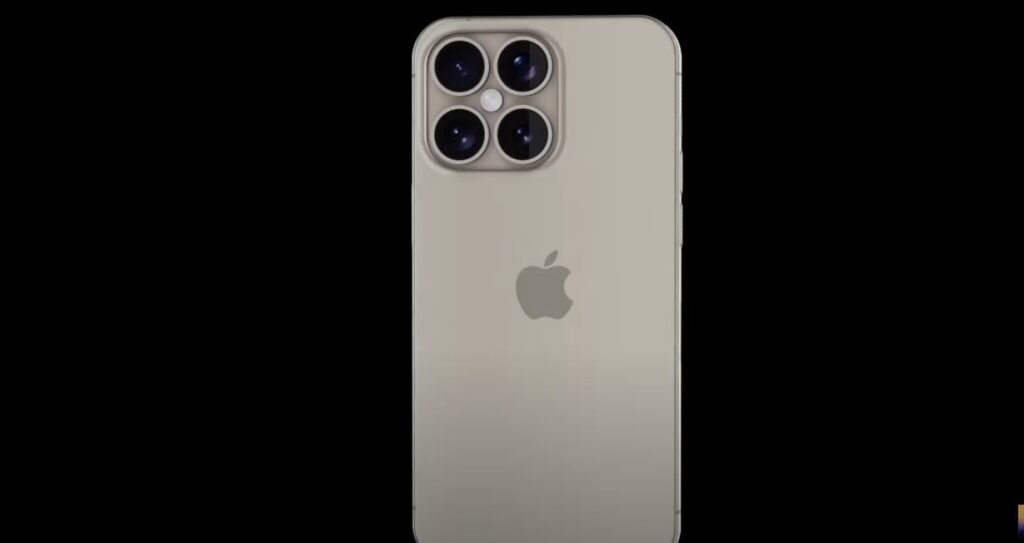Table of Contents

Hey tech enthusiasts! If you’re like me, always on the lookout for the next big thing in the world of smartphones, I’ve got some thrilling news for you. After four long years, Apple is gearing up to give us a significant leap in charging speeds with the upcoming iPhone 16 Pro models. Let’s dive into the juicy details!
iPhone 16 Pro Lightning-Fast Charging Speeds

According to a report from RS Clouds, the iPhone 16 Pro models are set to feature significantly improved charging capabilities. We could see the USB-C charging speeds soar up to an impressive 40 watts. For context, the current iPhone 15 Pro models charge at 28 watts when plugged into a 30W charger or higher. This means you’ll be able to juice up your device faster than ever before.
But that’s not all – the MagSafe charging is also getting a boost. Currently capped at 15 watts, MagSafe on the iPhone 16 Pro is expected to support up to 20 watts. This upgrade is a much-needed improvement, especially considering the size of the iPhone 15 Pro Max, which can feel sluggish when recharging.
Keeping Up with the Competition
When we look at the Android competition, many devices already support charging speeds ranging from 40 to 60 watts, with some even hitting the dizzying heights of 120 watts. Compared to these, Apple’s 28-watt charging speed feels outdated. So, this upgrade is not just welcome but essential for Apple to stay competitive in the fast-paced smartphone market.
Addressing Heat Concerns with Stacked Batteries

Now, you might be wondering, “Won’t faster charging make the iPhone even hotter?” That’s a valid concern, but Apple has an innovative solution lined up – stacked batteries.
RS Clouds also reports that the iPhone 16 Pro models will feature stacked batteries, a technology that has been in the pipeline for a while. Although there were rumors about this technology debuting with the iPhone 15 Pro, it seems Apple decided to take another year to perfect it.
What Are Stacked Batteries?
Stacked batteries are essentially multiple smaller batteries stacked on top of each other. This design not only helps improve space utilization within the iPhone but also aids in heat management. Multiple smaller batteries distribute the heat more efficiently than a single large battery, thereby reducing the overall temperature of the device during charging.
Benefits of Stacked Batteries
- Efficient Space Utilization: Apple can make the most of the available space inside the iPhone by stacking batteries of different sizes. This means more battery capacity without compromising on the design.
- Faster Charging: With multiple batteries, charging becomes quicker. Instead of charging one large battery, the device charges several smaller ones simultaneously, speeding up the overall process.
- Better Heat Management: Multiple batteries help in distributing heat more evenly, preventing any single area from getting too hot. This not only prolongs battery life but also ensures safer and more efficient charging.
A Glimpse into the Future
With these upcoming upgrades, the iPhone 16 Pro models are set to offer a significantly enhanced user experience. Faster charging speeds and the innovative stacked battery technology will not only keep our devices running longer but also ensure they charge quickly and efficiently without overheating.
For those of us who rely heavily on our smartphones, these improvements are game-changers. Whether you’re constantly on the go, using your phone for work, or simply hate waiting for your device to recharge, the iPhone 16 Pro’s advancements will make life a lot easier.
Stay tuned for more updates as we get closer to the launch of the iPhone 16 Pro models. It’s an exciting time to be an Apple fan!
Feel free to share your thoughts and what you’re most excited about in the comments below. Until next time, stay charged and stay connected!



